Manheim Hall
Introduction
Text-to-speech Audio
Manheim Hall became the second building on the campus of the University of Kansas City when it was completed in 1935, just two years after the first courses were held in the former mansion known today as Scofield Hall. This building was also a gift from the university's leading founder, philanthropist William Volker, and met the needs of the rapidly-growing university by offering laboratory and classroom space. Initially called the Science Building, this structure became the home to KCU's departments of chemistry, biology, geology, physics, and home economics. In 1999, the Science Building was renamed Manheim Hall in honor of sociology professor Ernest Manheim.
Images
Manheim Hall
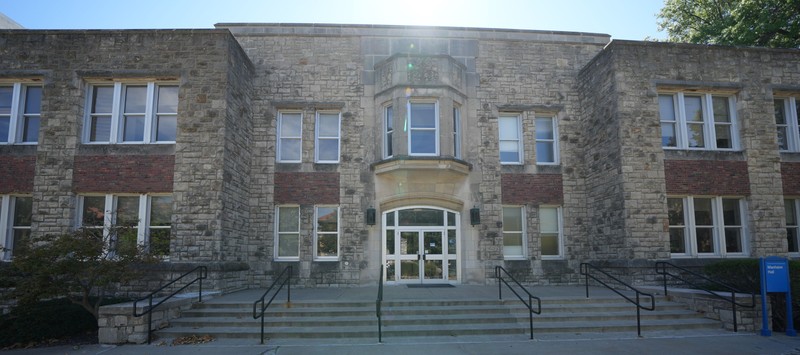
The Three Graces fountain and statues which stood in front of Manheim Hall from 1940 to 1973
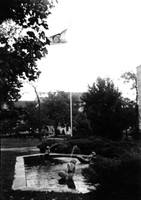
Manheim Hall
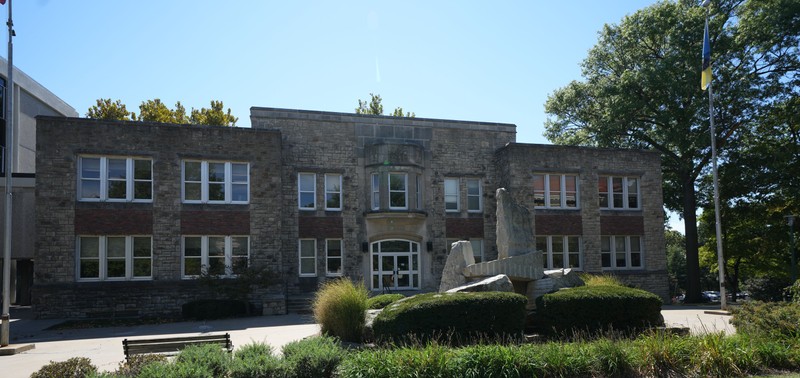
Notice of William Volker's gift for a new Science Building in the Daily Capitol News newspaper
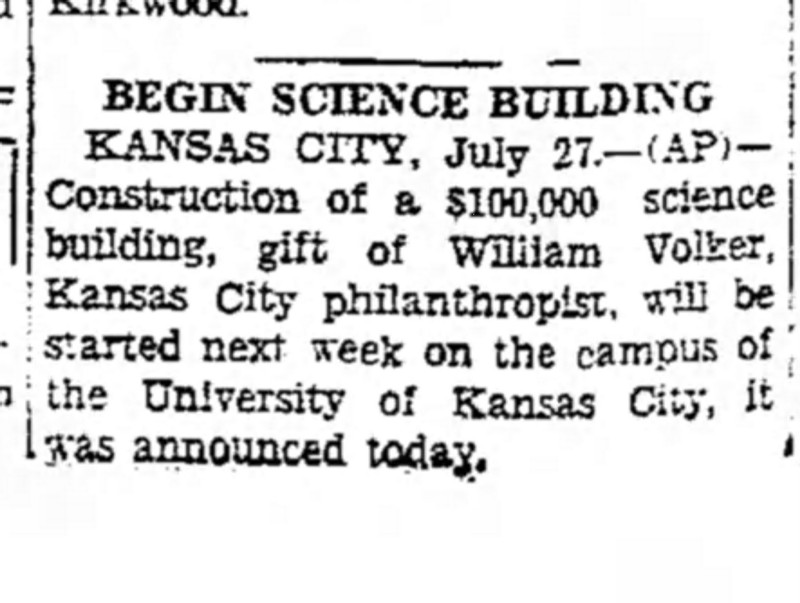
The Science Building under construction
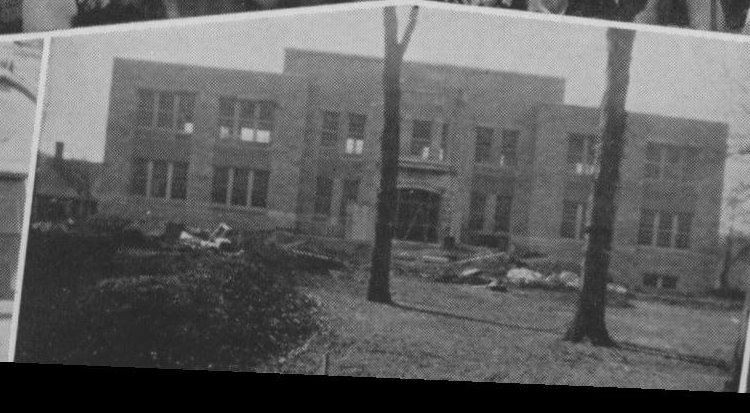
The Science Building 1935
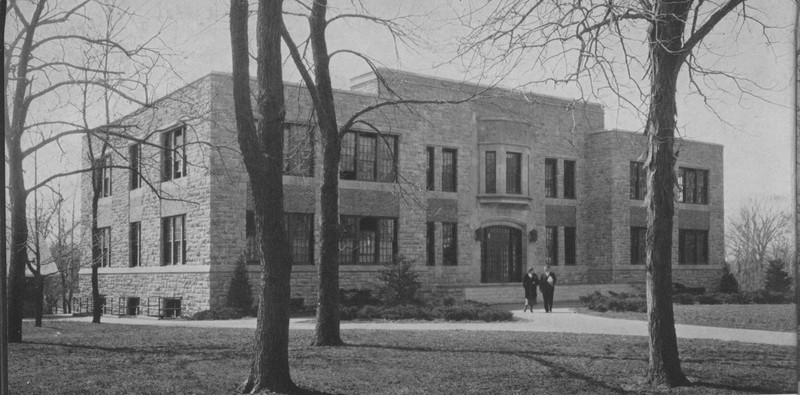
Ernest Manheim with student
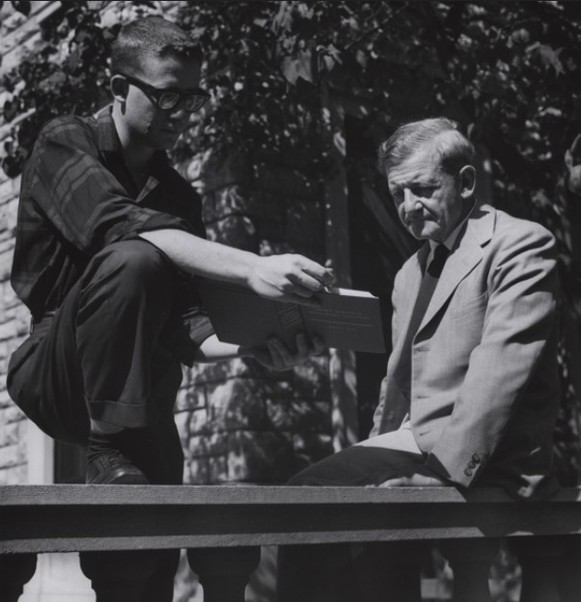
Home Economics Students in the UKC Science Building circa 1940
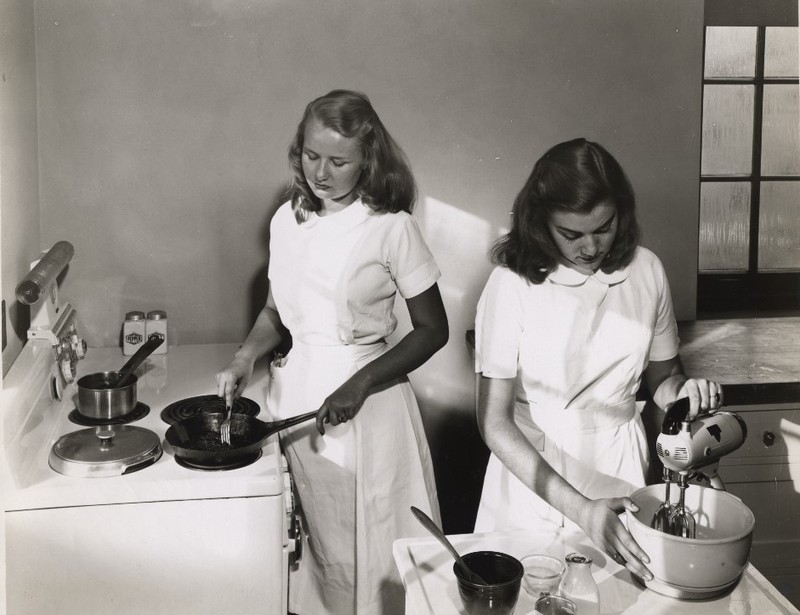
Letter from UKC President Decker inviting Ernest Manheim to visit the university in 1938.
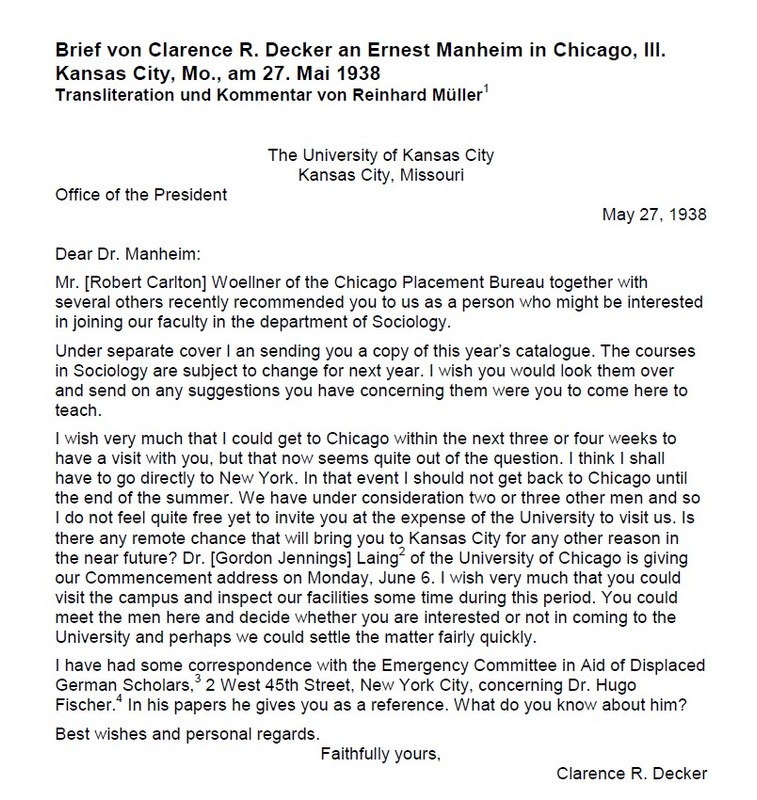
Backstory and Context
Text-to-speech Audio
When the University of Kansas City opened its doors in 1933, the Volker Campus consisted of three buildings. The Dickey Mansion, originally named the Administration Building but later renamed Scofield Hall, provided classrooms, offices, and the first library. The home's carriage house was used as a small gymnasium with enough room for a one goal basketball court, weights and a boxing ring. The Dickey's greenhouse was utilized as space for a science laboratory. This significantly limited school capacity when it opened in 1933, forcing the university to stop admittance at 260 students since that was the number that could safely fit in the limited spaces. In response to a growing student body, as well as increasing demand for science facilities, in 1934, Kansas City philanthropist William Volker donated $100,000 for the construction of a building dedicated to science programs. Completed in the spring of 1935, the Science Building housed the departments of Chemistry, Biology, Geology, Physics, and Home Economics.
In 1940, a fountain was installed in front of the building as a gift of the school's second graduating class. Kansas City Art Institute instructor Walter Wallace Rosenbauer sculpted the three nude statues surrounding the fountain, which were called the Three Graces. In the late 1960's, the fountain was removed, and the statues were put into storage. Today, the statues are considered lost - literally, as recent searches in storage were unable to find them. However, it is likely they are still in storage somewhere and were just overlooked since they are small and were wrapped up in padding.
Over the years as the university grew and was able to construct new buildings for its science programs, the building's name changed. When the Chemistry and Biology moved into their own building in 1942, the Science Building became the Geology-Physics Building. When Physics moved out in the 1970s, it became known as the Geosciences Building. When Geosciences moved to Flarsheim Hall in 1999, the university decided to convert the building to faculty office space. At that time it was decided to name the building after legendary professor of sociology, Ernest Manheim, whose tenure at the university had lasted more than 60 years.
Ernest Manheim, was born in Budapest, Hungary in 1900. In his early life he wanted to pursue his passion for music and become a composer but his family insisted he study something "respectable," so he pursued a college degree in engineering. His schooling was interrupted after he volunteered to fight for the Hungarian Army in the First World War, where he served on the Italian Front. Another conflict emerged in 1919, when Romanian and Czech forces entered Hungary. Ernest again volunteered for the army. He was captured by the Romanians but escaped. After the war, he decided to study sociology in order to understand the fall of the Austro-Hungarian Empire. He eventually completed his doctorate at the University of Leipzig, Germany. In 1933, he decided to flee Germany after the rise of the Nazi Party. He then attended the London School of Economics and Political Science, earning a PHD in Anthropology in 1937. After graduating he accepted a position with the University of Chicago and moved to the United States.
In 1938, he received an invitation from new University of Kansas City President Clarence Decker to teach Sociology. He thought to himself at the time, "What better place to study the sociology of the United States than in the center of the country." During his tenure at the university, Manheim became one of the country's and the world's most renowned sociologists. Much of his work centered on urban decay, poverty, and crime. His work was recognized with such honors as August Stern, Guggenheim and Fulbright fellowships. He also received the University of Missouri's highest honor, the Thomas Jefferson Award. Manheim was a champion of civil rights and once threatened to organize a boycott of a Sociology Conference in Omaha, unless an African American Sociologist be allowed to attend and utilize the same hotel facilities. He was invited to give expert testimony in the landmark Brown Vs. Topeka Board of Education case. Many of his students, such as Alvin Brooks, would go on to become civil rights leaders in Kansas City.
Manheim was a renaissance man. In addition to his work in sociology he had a passion for athletics, the theater and music. He was a tournament quality fencer and often helped with the university's fencing classes and with instruction for actors at the University Playhouse. He acted in, directed and helped produce theater productions at the university and in the Kansas City community. He was a passionate tennis player and few were the students that could beat him even when he was past his prime. His expertise in music ranged from folk to classic and he was talented on folk instruments such as the lute. His love of music drew him into Kansas City artist Thomas Hart Benton's circle and Ernest and his wife Anna could be frequently found in the Saturday night jam sessions at the Benton's home. He and Benton sometimes performed on local radio stations. He composed a number of classical pieces including a symphony played by the Kansas City Philharmonic Orchestra.
The old Science Building was renamed Manheim Hall in 1999 in honor of Dr. Manheim's 60+ years of service to the university. Ernest Manheim passed away in 2002.
Sources
Campus History: Manheim Hall, KC Roo News. September 20th, 2010. Accessed September 9th, 2022. https://kcroonews.com/campus-history-manheim-hall/.
Manheim, Ernst [sic], 1900-2002, Special Collections and Archives Finding Aids. Accessed September 9th, 2022. https://finding-aids.library.umkc.edu/agents/people/461.
Wolff, Christopher. A Pearl of Great Value: The History of UMKC, Kansas City’s University. Kansas City, Missouri. UMKC Alumni Association, 2016.
Ernest Manheim, 102, Was Professor, Composer, Vineyard Gazette. August 1st, 2002. Accessed September 9th, 2022. https://vineyardgazette.com/obituaries/2002/08/02/ernest-manheim-102-was-professor-composer.
Ernest Manheim: Sociologist, Anthropologist, and Composer Turns 102, The Bulletin of the Society for American Music. September 1st, 2002. Accessed September 9th, 2022. https://cdn.ymaws.com/www.american-music.org/resource/resmgr/docs/bulletin/vol283.pdf.
Lost Art of UMKC, UMKC Today Archives. June 25th, 2010. Accessed September 9th, 2022. https://info.umkc.edu/news/lost-art-of-umkc/.
Sanchez, Mary. "A legend 50 years at UMKC." The Kansas City Star (Kansas City) December 19th, 1988. , 29-30.
Decker, Mary Bell. Decker, Clarence Raymond. A Place of Light: the Story of a University Presidence. New York, New York. Hermitage Press, 1954.
Photo by David Trowbridge
UMKC Today Archives
Photo by David Trowbridge
Begin Science Building, The Daily Capitol News newspaper, Jefferson City, Mo. 7/28/1934
UMKC, University Archives photo
UMKC, University Archives photo
UMKC, University Archives photo k_3_00_9_00005
UMKC, University Archives photo k_23_00_9-00680
https://agso.uni-graz.at/archive/manheim/en/5_usa/decker.htm
